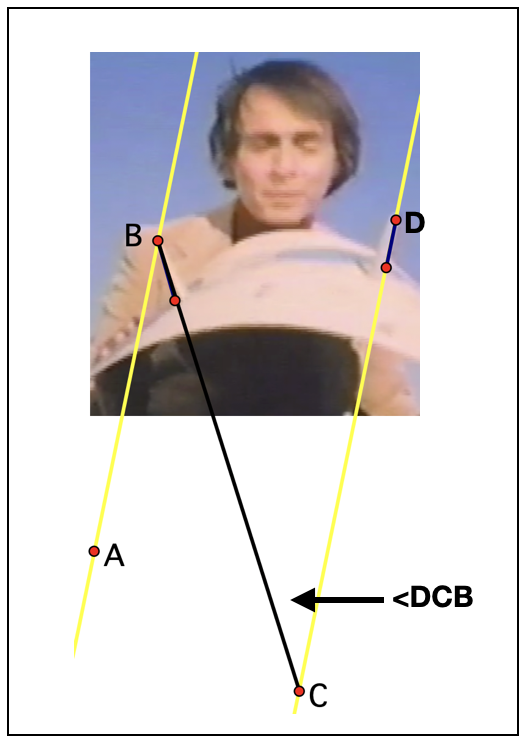In her book Imaginable, Jane McGonigal draws on the latest scientific research in psychology and neuroscience to show us how to train our minds to think the unthinkable and imagine the unimaginable.
As a math educator for 50+ years, I find my self thinking more and more about what math educators don’t think (Imagine) enough about.
One of the things that teachers do think about is how to respond to the question students frequently ask “When Am I Ever Going to Use This?” Kevin Dykema – the current president of NCTM – suggests an appropriate response.
“I find my students ask this question more frequently when I haven’t provided any context—either real-life or mathematical—or if I teach it as a rote procedure to memorize.
However, when I embed the concept into a real-life situation or mathematical context and have the students begin to make sense of and reason through the problem, they do not question the relevance as often.”
While I agree that a real-life or mathematical context can be effective with certain students, I believe that a more diverse range of contexts is necessary to engage all learners. A teacher should aim to provide a captivating and thought-provoking scenario that piques the students’ curiosity, and challenges them to employ problem-solving skills to find a solution. By framing the math within a compelling story or challenge, teachers can capture their students’ attention and motivate them to engage with the subject matter.
Using a “Trojan horse” approach, teachers can skillfully conceal mathematical concepts within an exciting narrative, sparking the interest of the classroom and inspiring students to delve deeper into the problem at hand. By fostering a love of problem-solving and inquiry, teachers can help students see math as an exciting and relevant field, with connections to various aspects of the world around them.
To have a better understanding of what I mean, let me share a story with you. It has to do with an experiment that is considered by Discover magazine to be one of the most important science experiment of all time.
The main character in this story is a man named Eratosthenes. According to scientist/historian Carl Sagan, Eratosthenes was an astronomer, historian, geographer, philosopher, poet, theater critic and mathematician. He was also – during the third century BC – the chief librarian of the great library of Alexandria in Egypt. One day while reading a papyrus book he came across an interesting account. On the longest day of the year at a town called Syene (today, Aswan), the sun was so high in the sky that an object below cast no shadow. This made him wonder whether the sun at the same time would cast a shadow when the sun was at its highest point in Alexandria. He discovered that it did cast a shadow. This discovery confirmed for him that the earth was round. But how round was it? No one knew at that time. Not only did Eratosthenes now have evidence that the earth was round, but he was also able to measure the circumference of the earth to high precision. Talk about imagining the unimaginable. To see and hear the story watch Carl Sagan tell it. (6:41)
At this point if you share this story with your students you might ask them what it has to do with math. Don’t respond with “Yes, that’s right.” Or “No, it’s wrong.” Let the answer or answers linger for a while.
Show them this 49 second highlight from the previous video.
Next, have your students study this image below. Ask them if this image helps them to determine the central angle at the center of the earth? Followup question: How is that useful for Eratosthenes to solve the circumference of the earth problem?

For the rest of the story/lesson see my blog: Eratosthenes Measures the Earth.